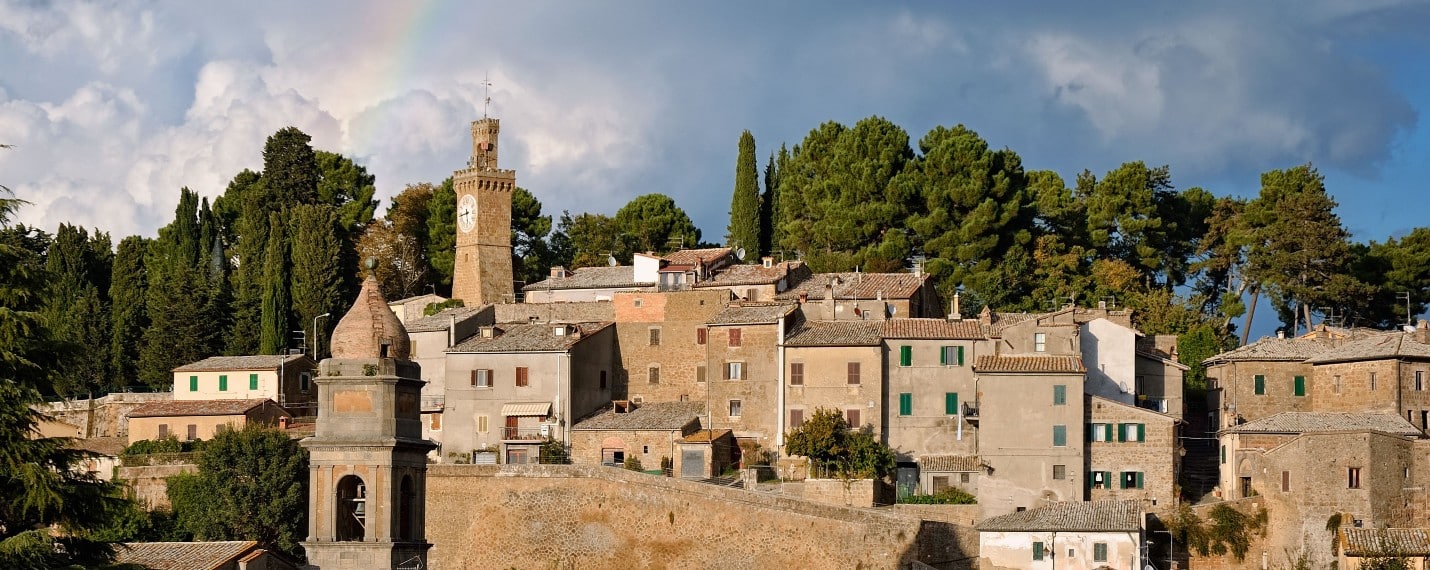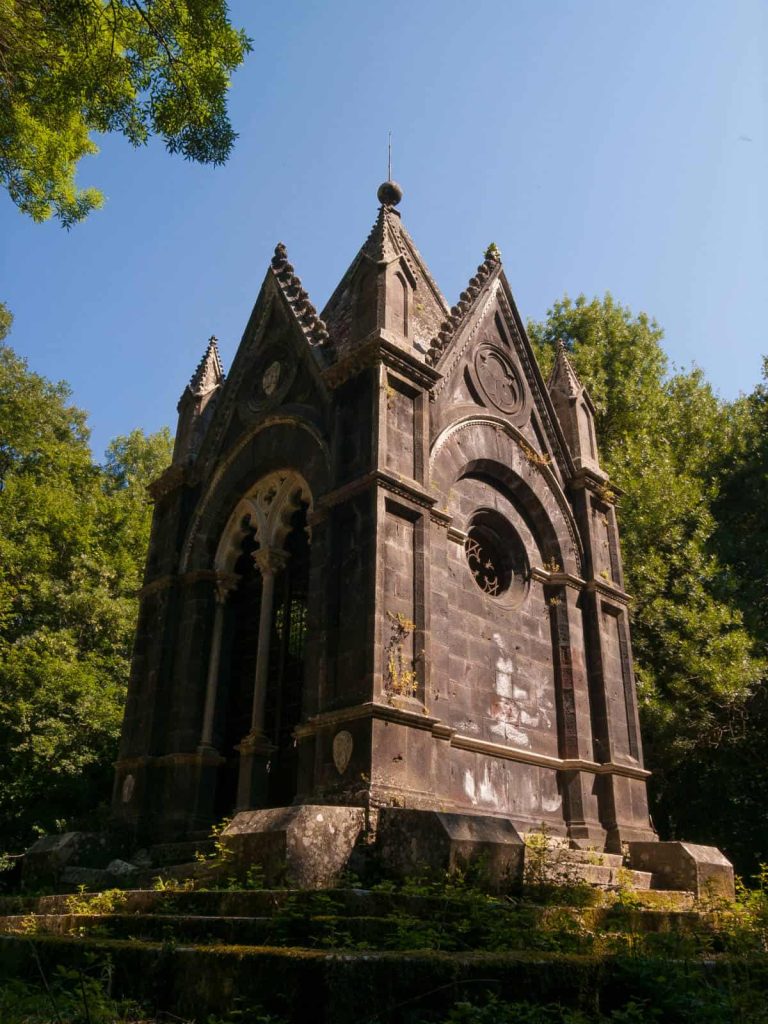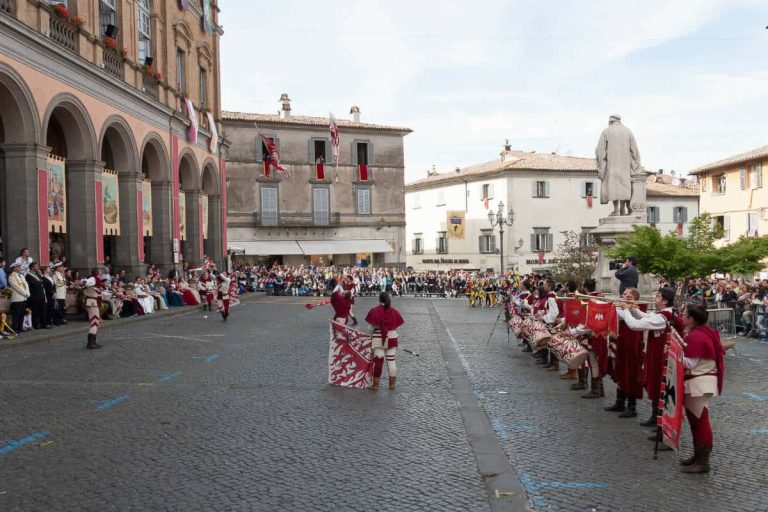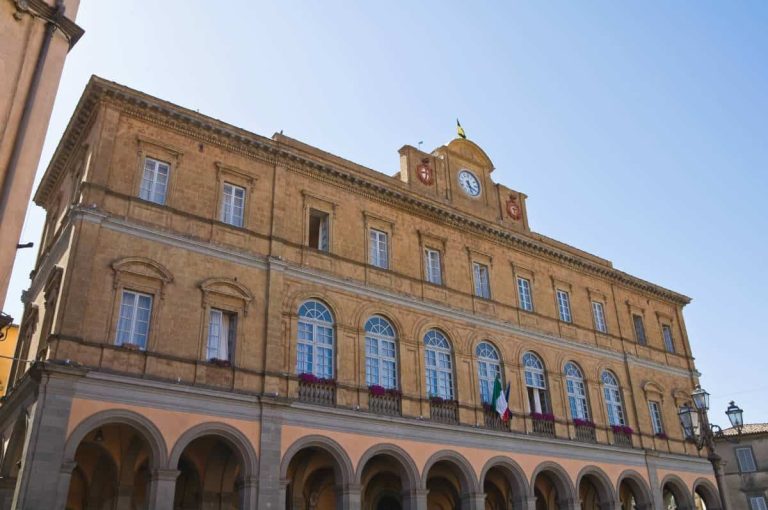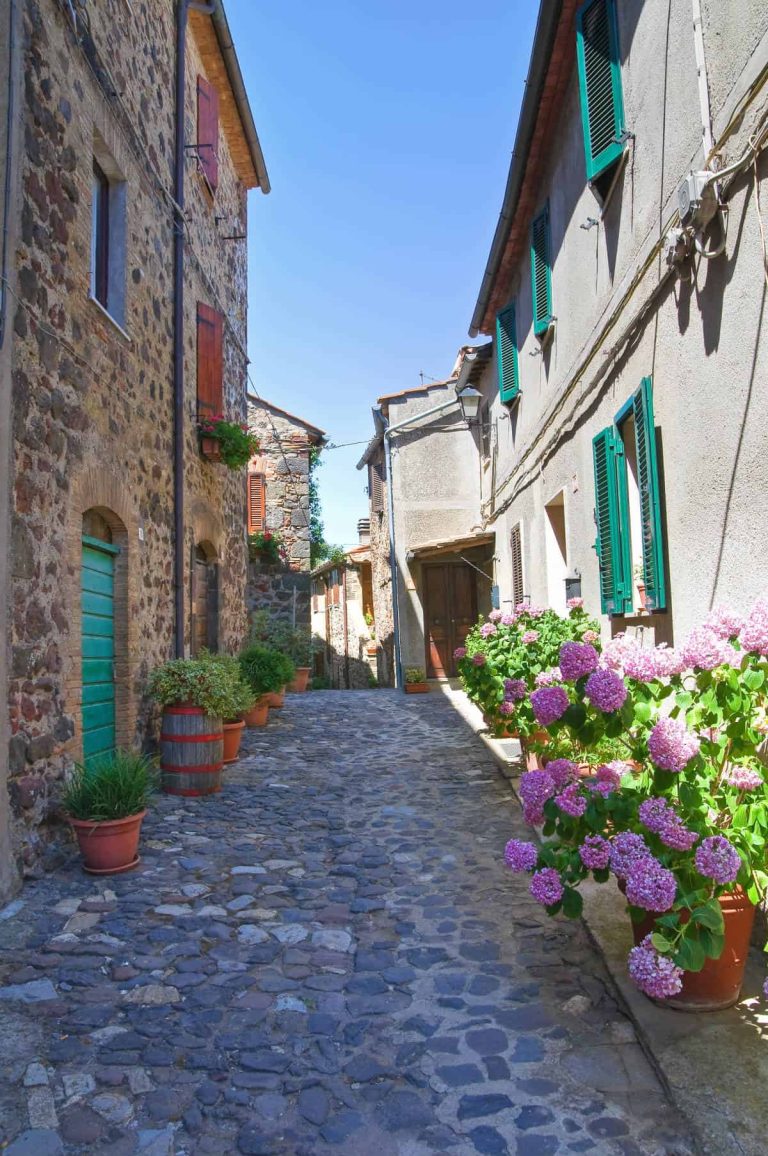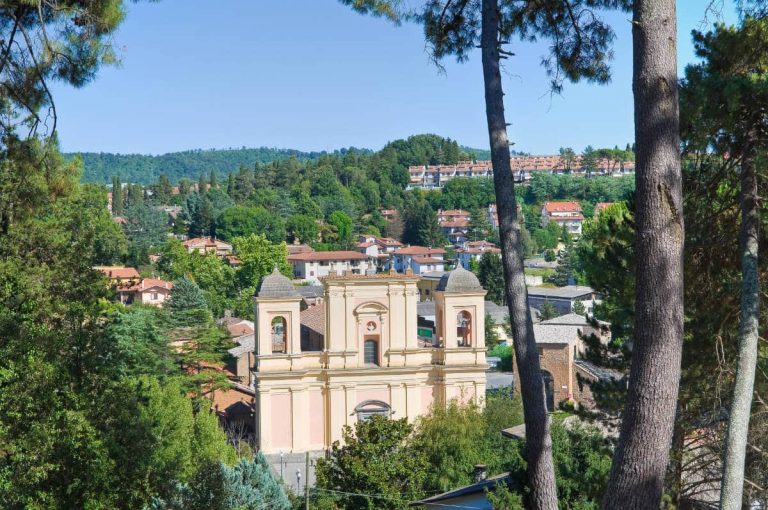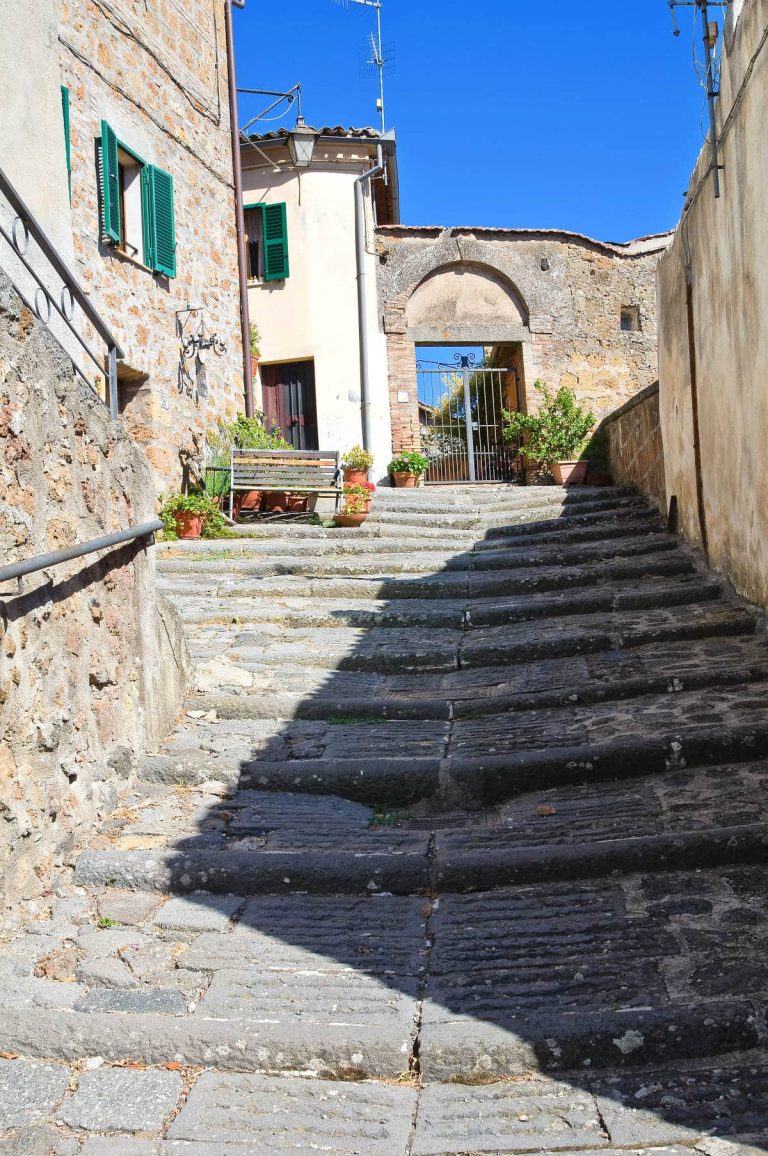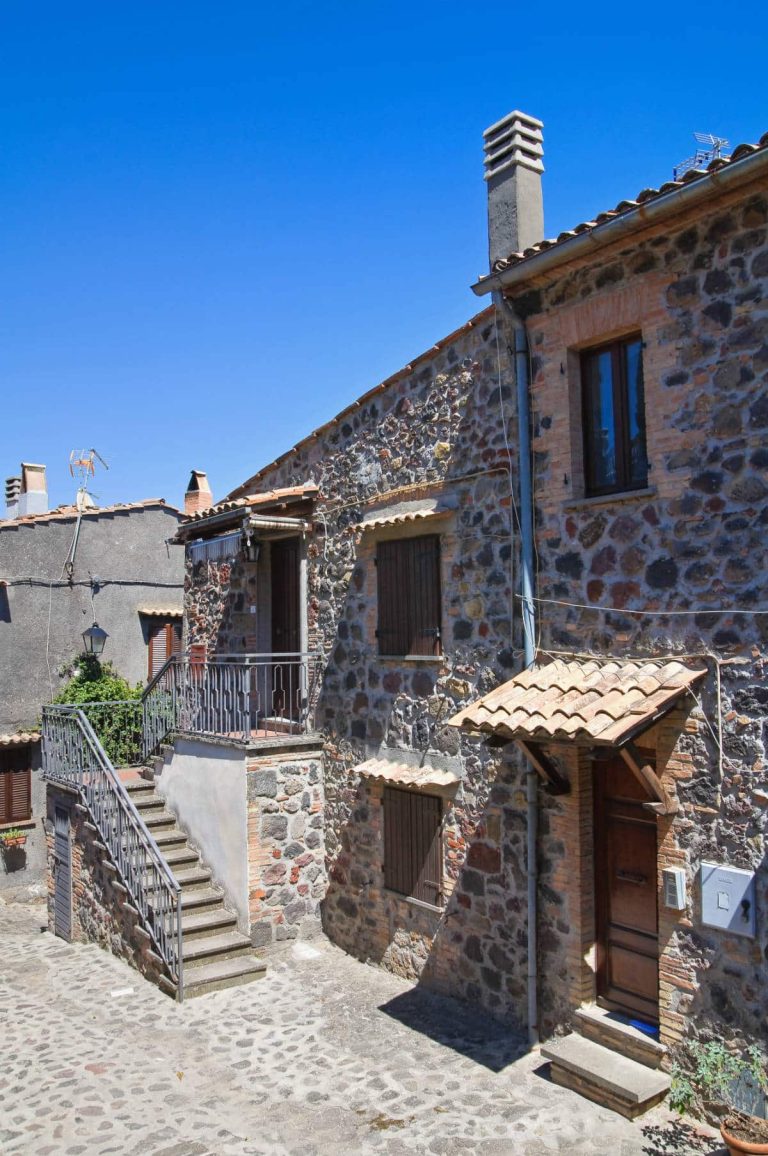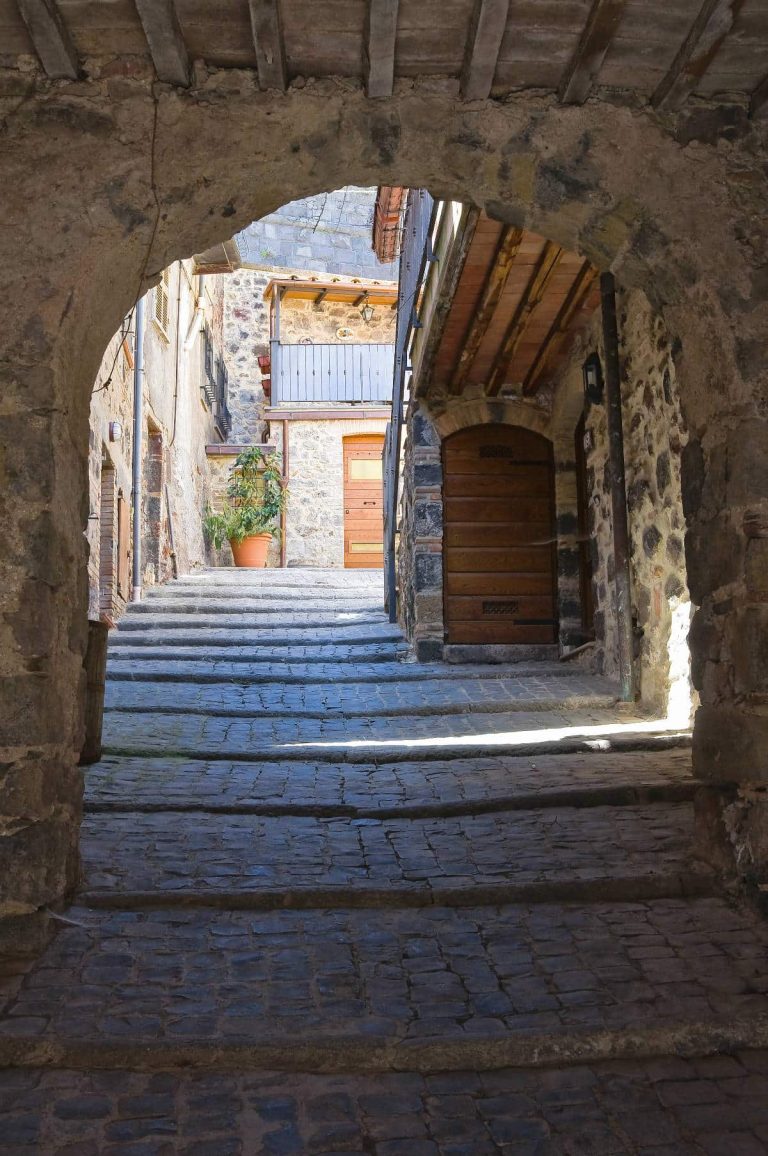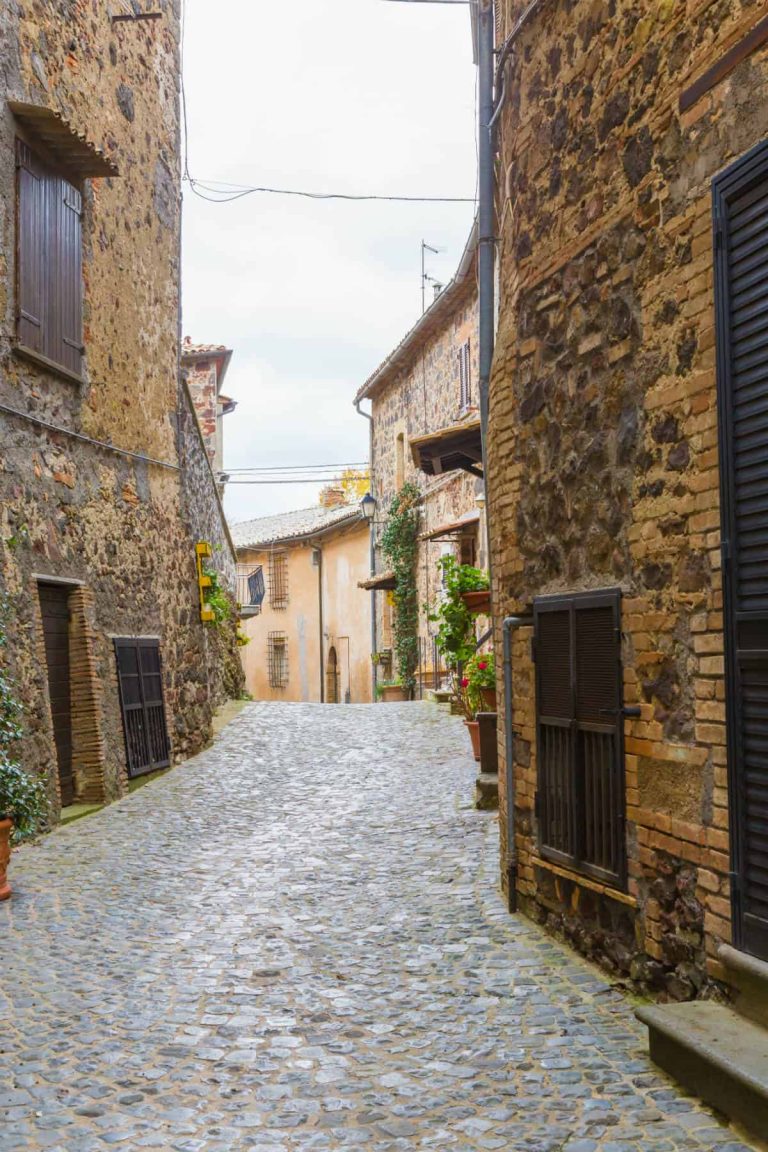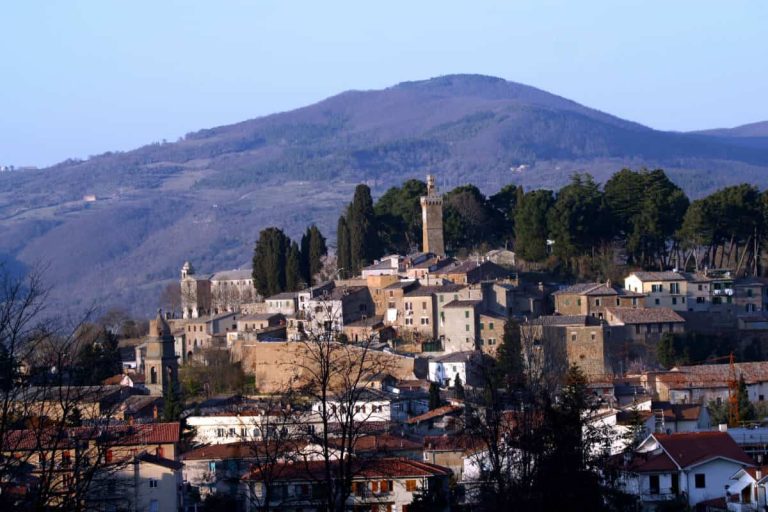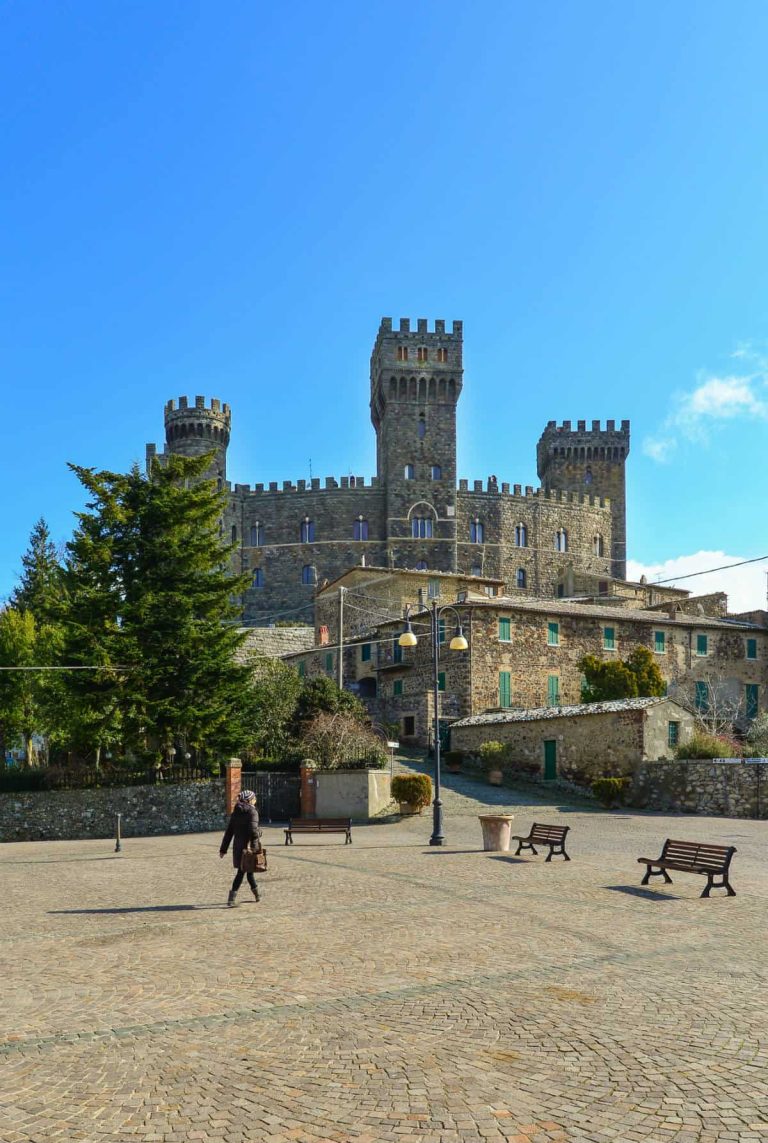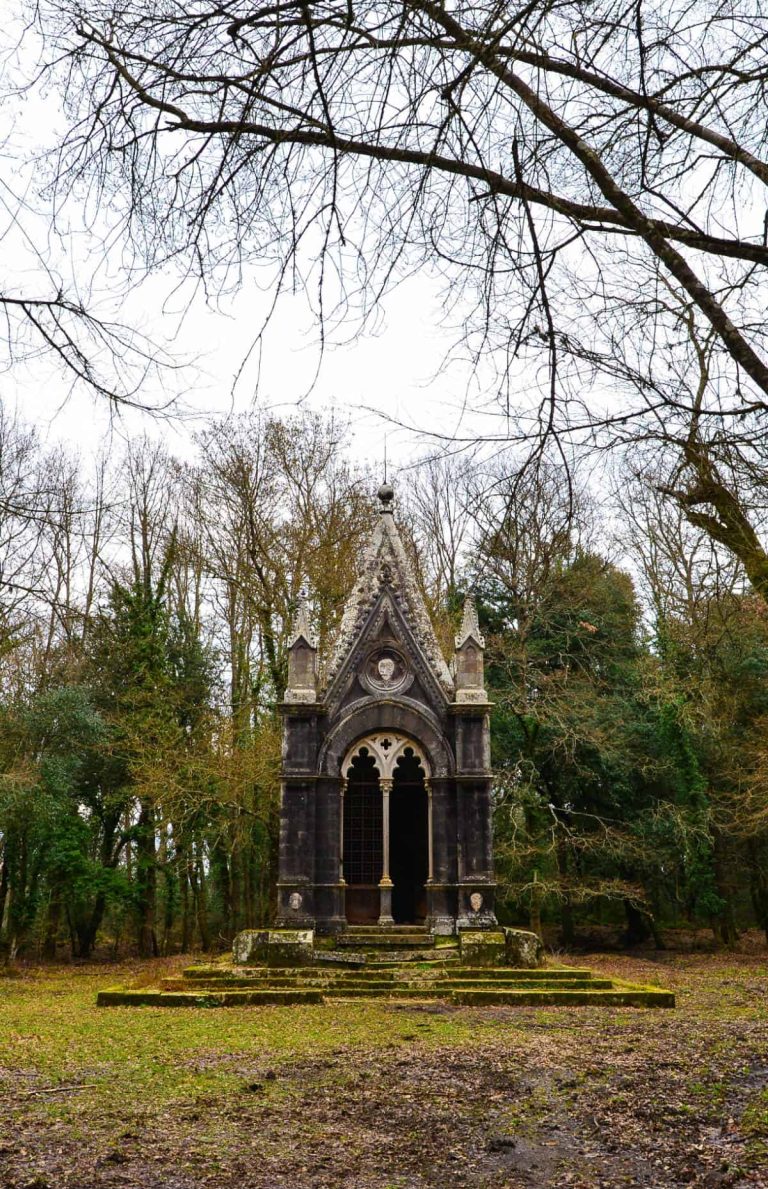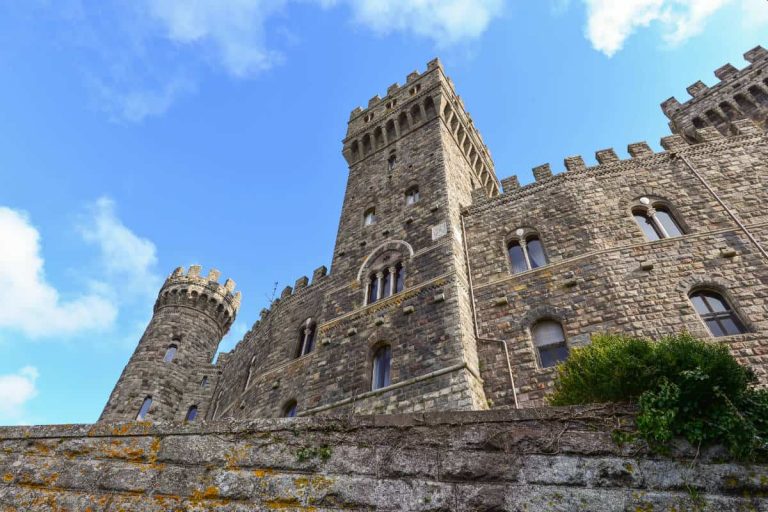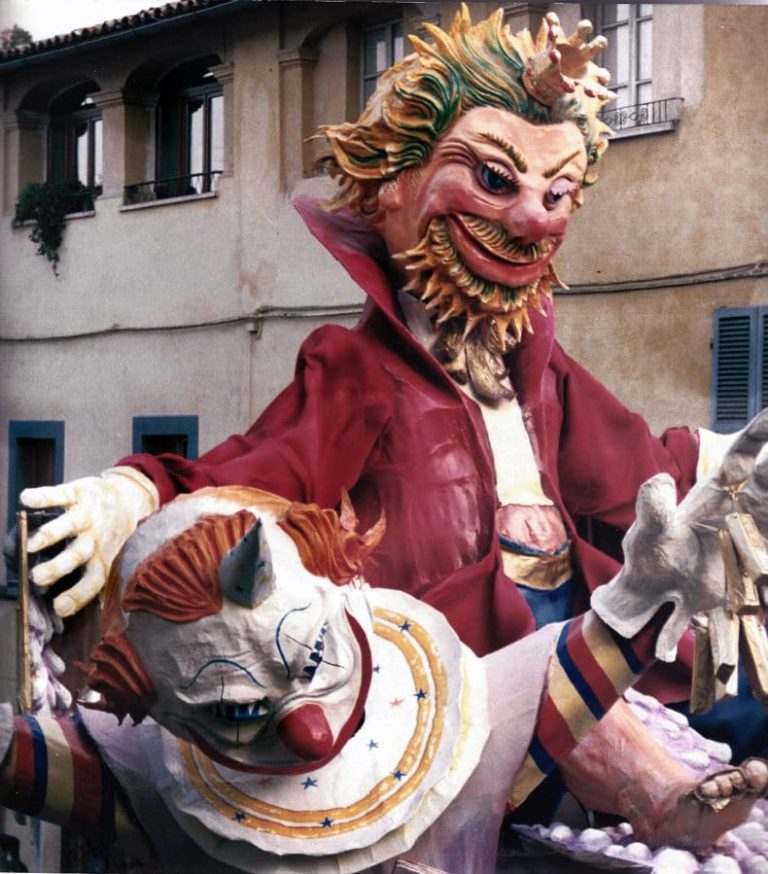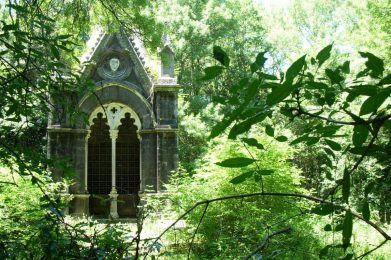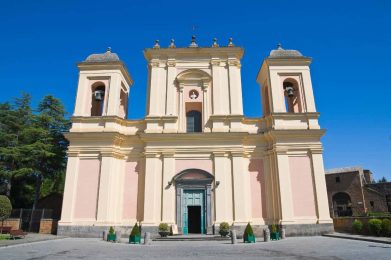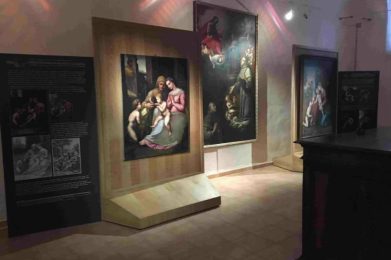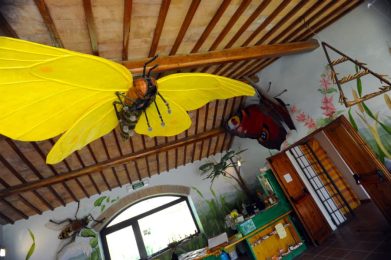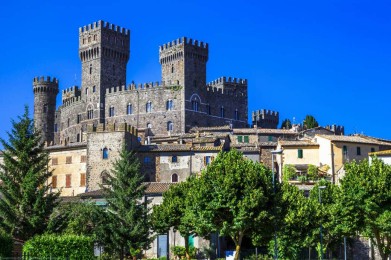Acquapendente owes its name to the fact of being located near numerous small waterfalls flowing into the river Paglia. The original village was formed around the Parish Church of Santa Vittoria between the IX and X centuries in correspondence of the Via Francigena itinerary that acted as a link between Rome and Central Europe, especially France.
The small village grew rapidly for placement on the important axis of communication and in 964 it hosted the emperor Ottone I which resided in Acquapendente for a short period. In this period there were the first wars between Orvieto and Acquapendente who wanted sottostarle, also because the village had now reached a certain importance due to its strategic position between the marquisate of Tuscany and the state of the Church (heritage of San Pietro).
As regards the urban planning of the country around the XII century, it is believed that this would occupy the two small hills opposite and divided by the torrent Del Rivo that flowed in the valley below. To the right of the course of water were the abbey of the Holy Sepulchre, the castle and, perhaps, a village grew up around the church of Santa Maria; to the left stood the inhabited area that from the old parish church of Santa Vittoria was extended on the hills up to the top of a hill, at the foot of which there was the door leading toward Siena. By this access had origin the urban stretch of the Via Francigena that, through a tortuous input, and passed along to the Rugarella and then to the nearby source of Rigombo, continuing straight toward the port for Rome.
The historical tradition is a very important event for Acquapendente, probably happened during the period of the struggles between the papacy and the empire; it is the "Miracle of the Madonna del Fiore" of 1166, following which the aquesiani would have rebelled to imperial domination of Barbarossa. So destroyed the castle, symbol and the fundamental structure of the feudal system, you began (according to a witness of Peter Paul Biondi) to build in the valley especially for the benefits of the closeness of the torrent and land by plowing. This change led to a transformation because the ancient route of the Francigena fell into disuse and the new road axis, more functional, entered from the door of the Ripa and went out from Porta Romana, corresponding to the two main directions along the north-south axis (track for Siena and Rome).
In the XIII century, Acquapendente, was from one side to face the continuous wars with Orvieto and on the other by the succession of conflicts between the Empire and the Papacy. The XIV century is characterized by the exile of the Popes in Avignon and by a consequent confusion for all the areas belonging to the state of the Church. With the return to Rome the Pope, Acquapendente began to regain their rights of self-government.
After 1550, however, the city will lose some privileges that had marked its autonomy in '400, but the phenomenon will involve not only Acquapendente and will invest in shapes and different times, all the communities of the Patrimony of St. Peter, as a result of the strengthening of the central government. Despite this the whole city, on the wake of favorable period that crossed the whole State, prospered in many areas. In Acquapendente were built in this period the most beautiful buildings in the square and in the main streets among which the palazzo Vescovile and palazzo Viscontini.
The village, in the course of the general crisis after the Renaissance, will very difficult periods, aggravated by the beginning of the War of Castro; Acquapendente will first be sacked by the troops of Odoardo Farnese and subsequently also by the army of the Pope hurried to expel the invaders. After the peace concluded between Odoardo Farnese and the Pope Urban VIII, the war started in 1644 with the new Pope Innocent X that ordered the siege and the destruction of the town of Castro.
In the years following the French Revolution, Acquapendente was among the first city to establish a republican order autonomously (and with free elections) that will remain in place until 1799 with the end of the Roman Republic. With the advent of the Nineteenth Century, Acquapendente will have an economic and cultural revival, especially after the annexation to the kingdom of Italy, with various constructions of a public nature, as with the rebuilding of the new municipal palace and the construction of the district prisons (1876).
Certainly deserve a visit the Basilica of the Holy Sepulchre, inside which there is housed a stone is stained with blood coming precisely from the tomb of Christ, the City Museum, the Museum of the Flower and the castle of Torre Alfina.
Between the economic activity more traditional, popular and renowned there are those craft, as the art of ceramics and terracotta.

